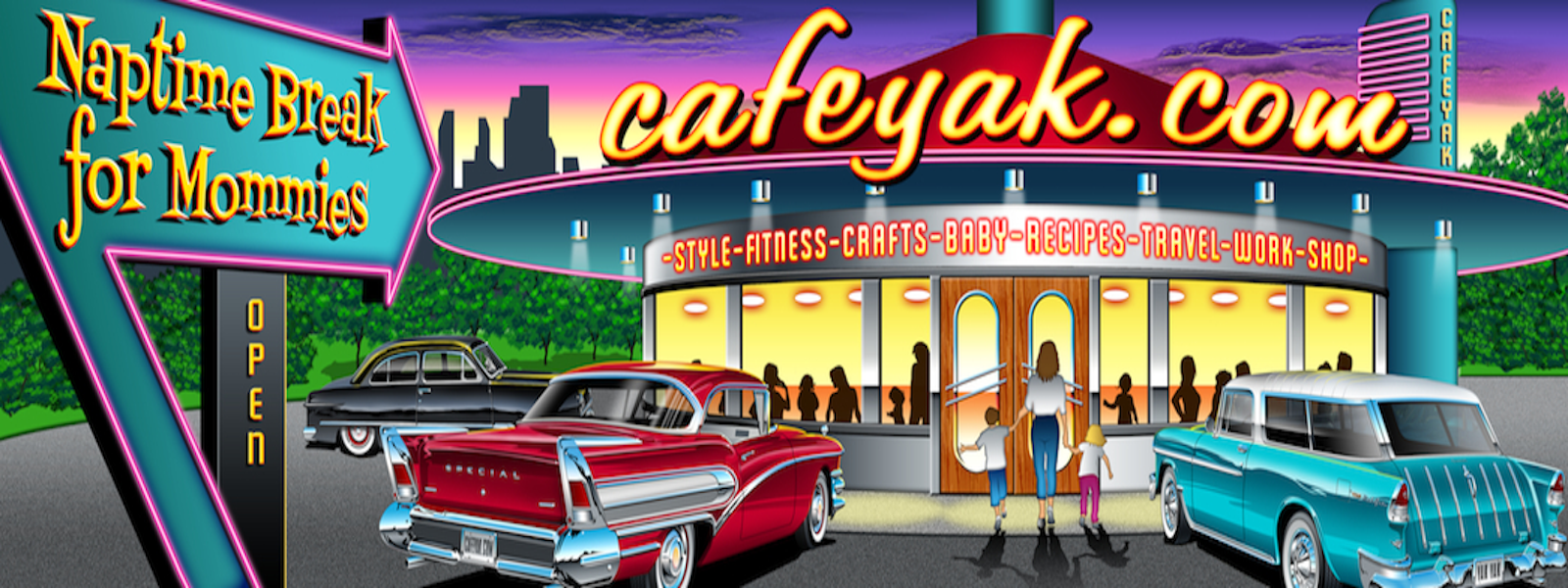 Don’t be shocked. This beautiful birdhouse is not our finished project. It is just an inspiration that came in the form of my brother-in-law’s gift to my husband on his birthday. What a thoughtful idea! Here was something unexpected, looking beautiful in our backyard and educational. Don’t you love gifts that teach you something new? We’ve since learned a lot about birdhouses. Here are a few facts:
Don’t be shocked. This beautiful birdhouse is not our finished project. It is just an inspiration that came in the form of my brother-in-law’s gift to my husband on his birthday. What a thoughtful idea! Here was something unexpected, looking beautiful in our backyard and educational. Don’t you love gifts that teach you something new? We’ve since learned a lot about birdhouses. Here are a few facts:
- Don’t expect birds on the first day, they need to make sure it’s safe, with no animals around, and consistent food supply.
- However, sprinkle the seeds on the ground to give the birds a general idea of where the food is.
- Keep the birdhouse around all year-long. You don’t close your kitchen for the winter, do you?
- Hang it away from the trees, so the hungry squirrels and chipmunks won’t get to it. Better yet, spray the plant hook (the easiest way to hang a bird house) with cooking spray, so it will be too slippery for the chipmunks and squirrels to get to. Believe me, a few of them still tried.
- Buy the birdseed for the birds you’d like to see. We picked a general wild bird seed, which includes a lot of robins and the like.
Once the birdhouse was up and the kids were getting excited about it, we were just so impressed with the design. Naturally, this gave us an idea – why not make our own miniature house. So we were off to work.
After locating our scrap wood, we used a miter saw to cut small, medium and large blocks.
Use your creativity to outline your larger cuts to make doors and curved pieces.
A jig saw was used to cut the other doors.
Then, we used the portable table saw to cut foundation boards. You can also use the jig saw, but the table saw will make straighter cuts.

Then we sanded down all the pieces and boards for safer handling (and limit splinters). In the end, we got a nice supply of various wood pieces for the project. Notice that small, medium, large and curved pieces were divided in separate boxes.
We do a lot of craft projects with kids and thankfully, one of the big “creative jars” held a few of the unique wooden pieces which we were excited to add to the project as door handles and other decorations.
The kids went to work, barely containing their excitement. They used a variety of pieces from our wood supply to put together their own miniature houses. We used Titebond III glue to stick the blocks together, but any wood glue will work. Our advice is to put a small amount of glue in a container (we used an old plastic lid), so the kids can easily apply the glue to their pieces. You have to be generous with the glue, to make sure the pieces stick, especially if you have stronger wood.

After drying overnight, a spray primer was applied for better adhesion of the paint. This is a step for adults.
Finally, the second part of the project – the painting. The kids used watercolor paint on our houses for easier cleanup. In retrospect, we learned a standard latex based paint or acrylic paint would have applied better and the colors would have been more vivid. This would have probably meant tougher mess and tougher laundry. However, we were still happy with the result. After the paint dried, we applied a glossy clear coat for extra protection and shine. Kids loved making their own unique miniature houses and are still trying to add birdseed to them.







